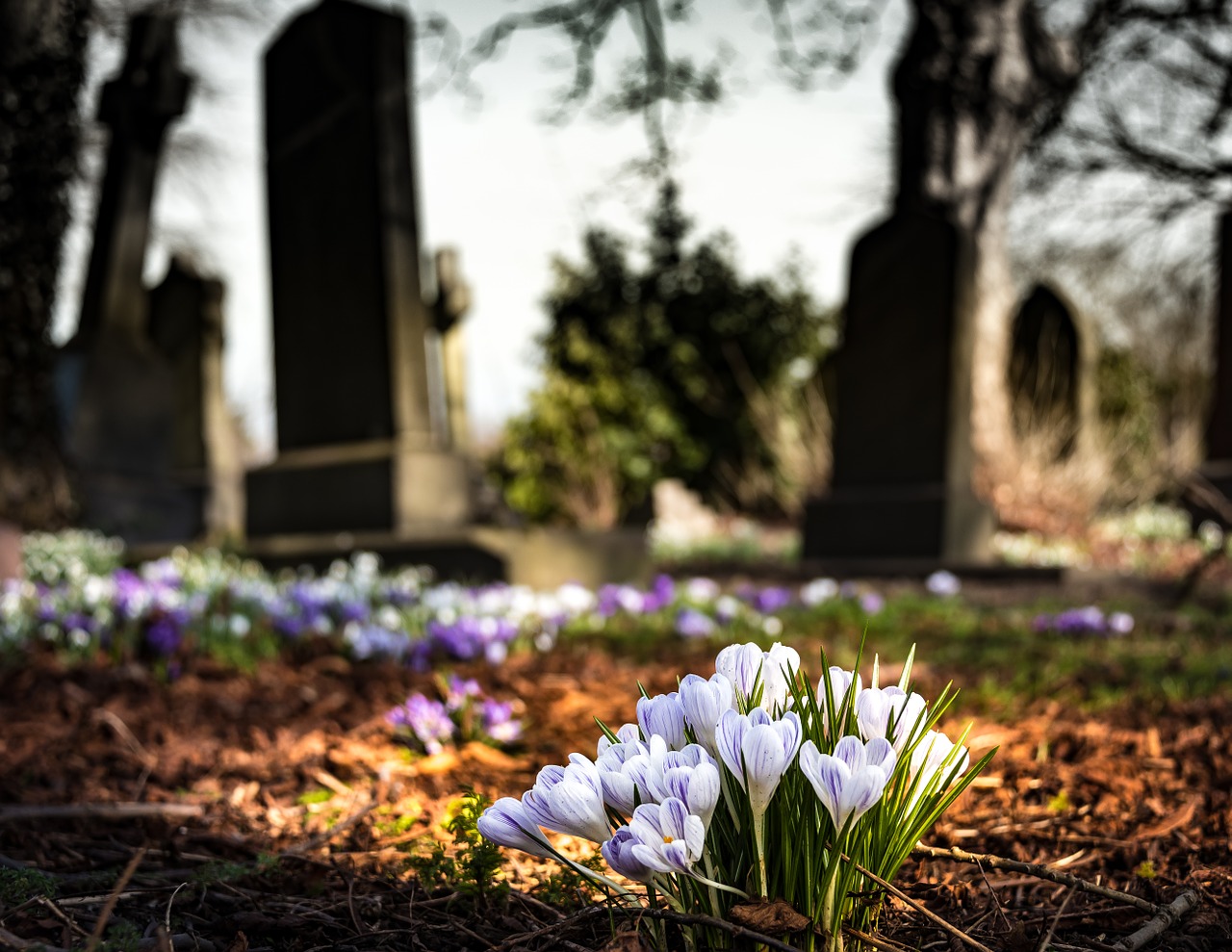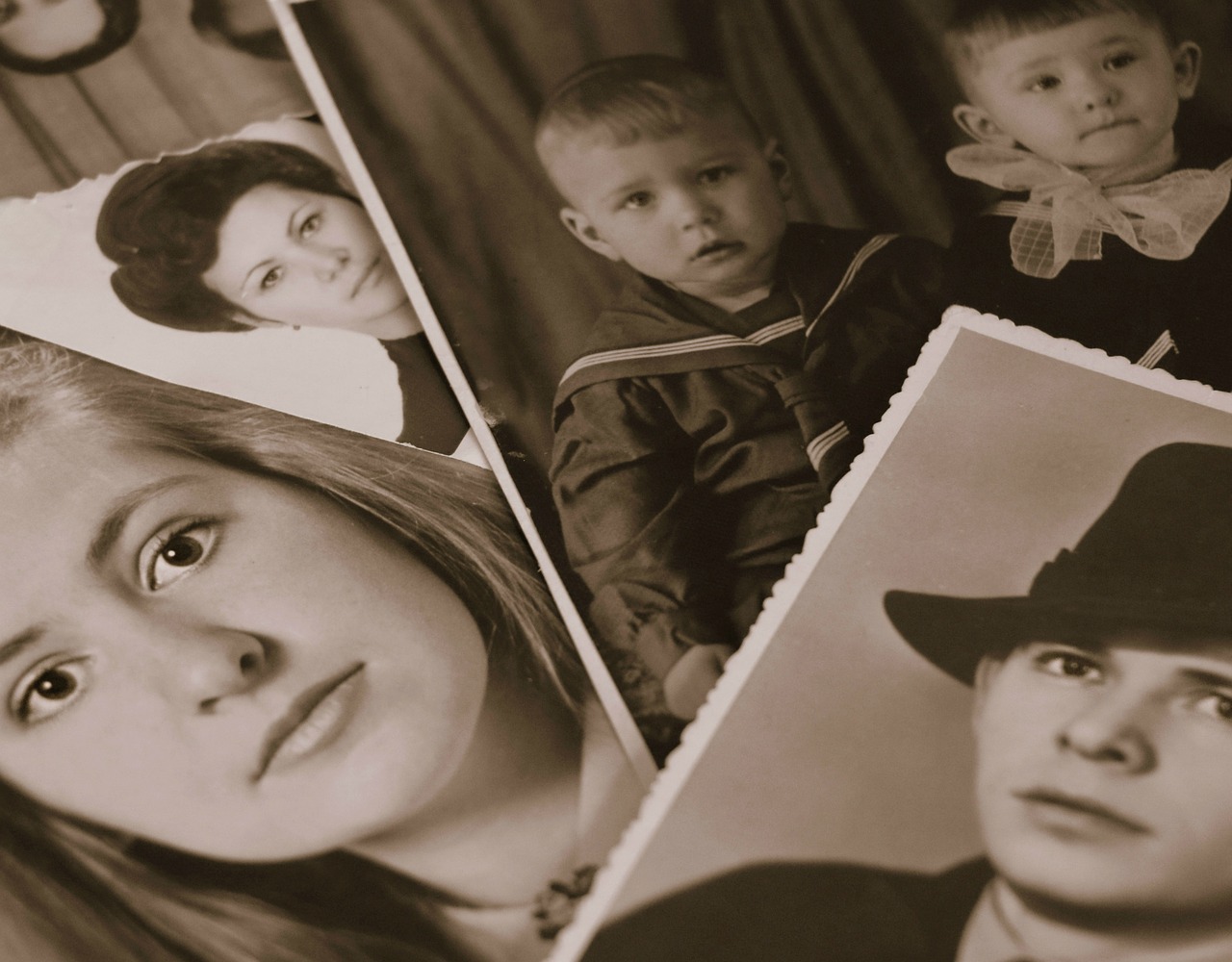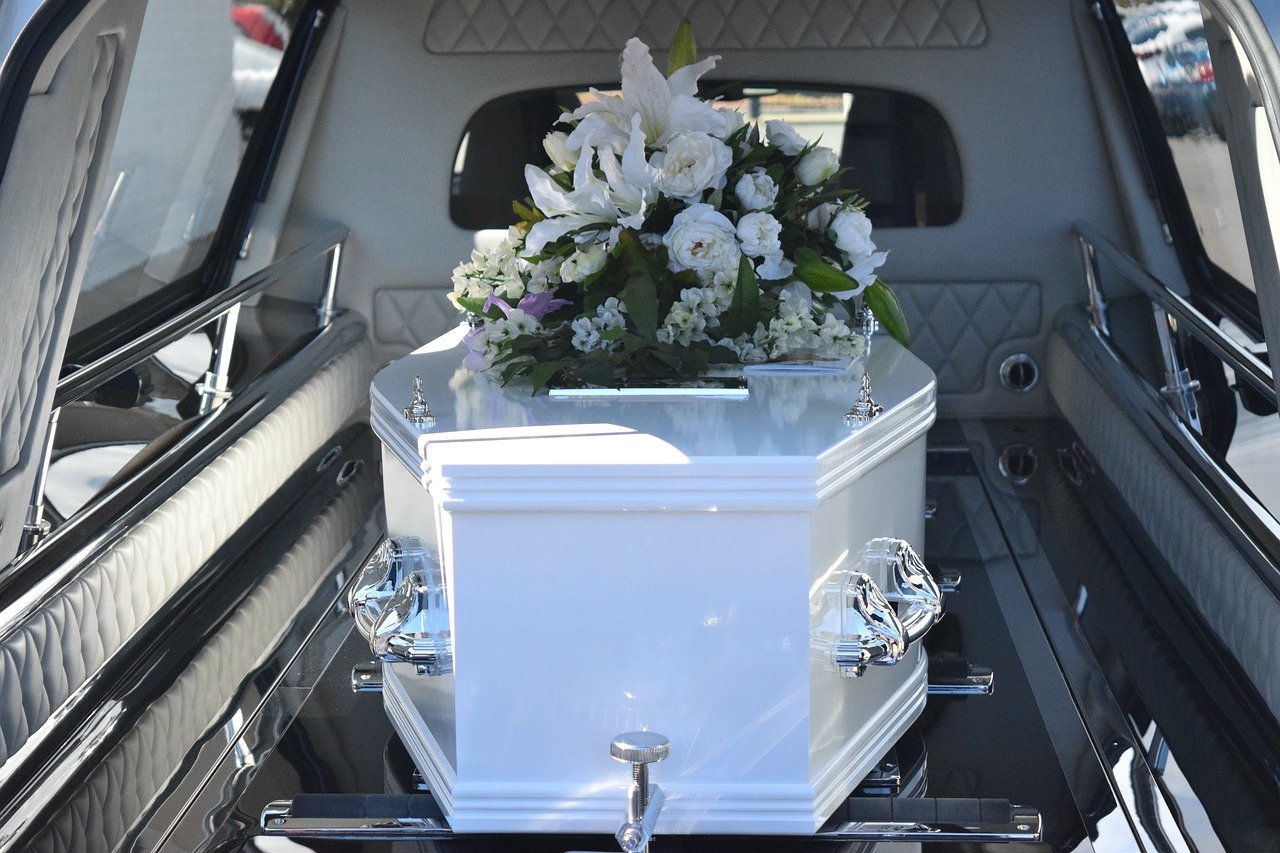
Arnold is a fairly large town in Nottinghamshire, situated in the East Midlands of England. This town has a rich history, known as the birthplace of the Luddite worker rebellion, and the famous Home Brewery.
This town is also home to an interesting war memorial which can be found in Arnot Hill Park (Arnold, Nottingham NG5 6LU). In Cope Memorials latest blog, we’d like to take an in-depth look at the war memorial in Arnold. Cope Memorials specialise in creating beautiful memorials dedicated to the local people of Arnold, and we’d like to explore other well-known memorials in Arnold and the local area.
About the War Memorial in Arnold
The war memorial in Arnold is approximately 4m tall; it is a Celtic wheel cross with intricate carvings on the front. A trapezoid shaped tapering plinth that is mounted on a two-stepped base. The memorial has been constructed from Aberdeen granite.
There are inscriptions located on all four sides of the plinth, detailing the names of both WW1 and WW2 veterans. The war memorial stands on a square area of concrete slabbing, found within a small memorial garden close to the main lake in Arnot Hill Park. The enclosure around the memorial is formed by a small dwarf wall with iron railings.
Further Details About the War Memorial in Arnot Hill Park
Arnot Hill Park is owned by, and the responsibility of, the Borough Gedling Borough Council. This public park is where this war memorial is located in Arnold.
Memorial type: cross
Commemoration: First World War (1914 – 1918), and the Second World War (1939 – 1945).
Total names on the memorial: 252
Maker: Mr W. H. Higginbottom (Architect) and Messrs Thomas Long and Sons (Builder)
Ceremony: Unveiled on the 27th May 1922
Inscription:
IN GRATEFUL MEMORY
OF THE MEN OF ARNOLD
WHO GAVE THEIR LIVES
IN THE GREAT LIVES
IN THE GREAT WAR
1914 – 1918
(NAMES)
AND ALSO OF THOSE WHO LOST THEIR LIVES
DURING THE WAR 1939 – 1945
(NAMES)
How to find the War Memorial in Arnold
Head to: Arnot Hill Park, Arnold, Nottingham, NG5 6LU
How many war memorials are in the UK?
Due to the widespread nature of the nation’s grief here in the UK, there are tens of thousands of war memorials and statues scattered across the country. Historic England is unsure exactly how many there are, but they “listed more than 2,500 war memorials over the centenary period 2014-2018”.
War memorials make up a poignant part of the UK’s heritage, and they can be found everywhere in almost every town and city. This just shows how widespread and deep the tragic impact of the world wars had on the local communities throughout the country.
Every community set loved ones off to fight and work, and virtually all those communities suffered losses. This grief and sadness created a powerful desire for monuments. According to Historic England, “no greater wave of public remembrance has ever happened in history”.
We hope you found this blog article on the war memorial found in Arnold interesting.
Contact Cope Memorials
Cope Memorials are an expert team of stonemasons, offering exceptional service in the local areas of Arnold; specifically, to those in need of beautifully crafted headstones and memorials. To speak with our caring and considerate team, please give us a call on 01773 602 187 or complete our simple online enquiry form, and we’ll be in touch.




